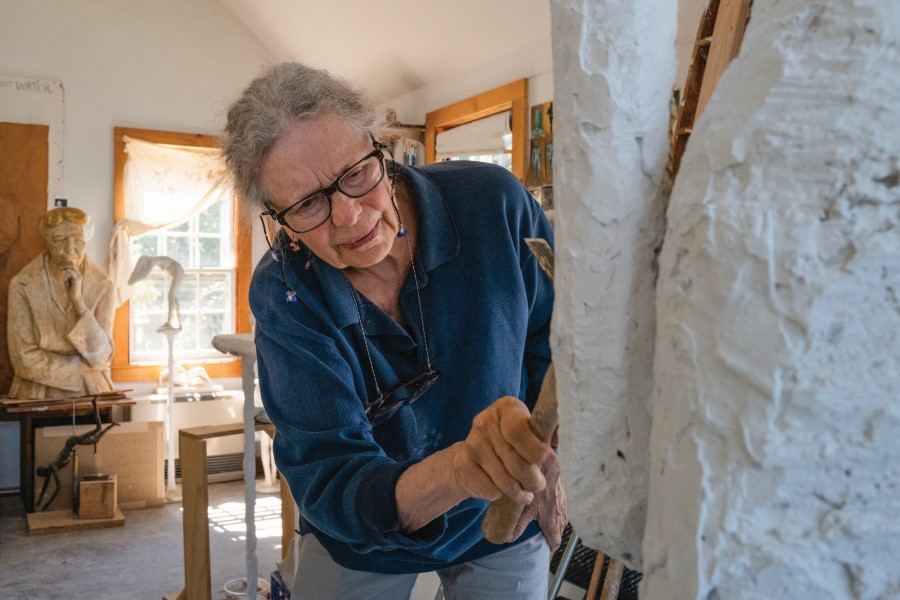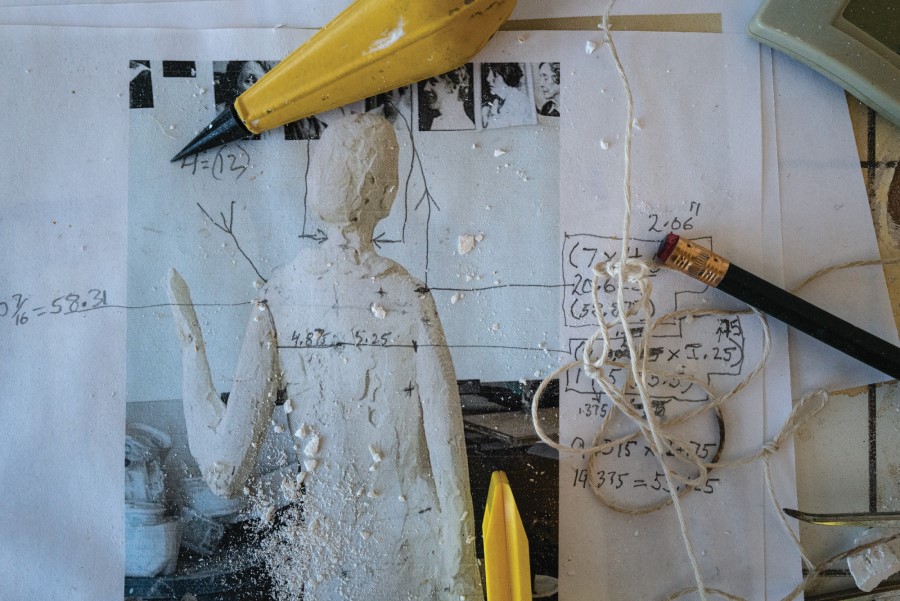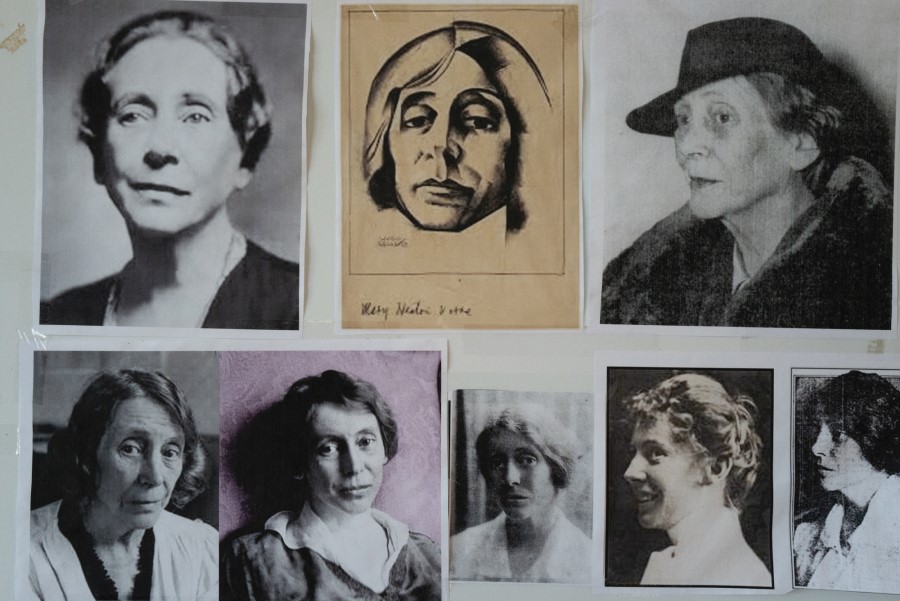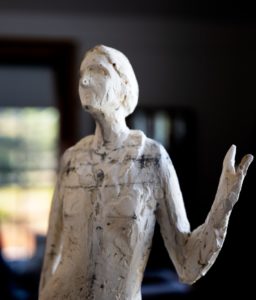More than 50 years after her death, writer and activist Mary Heaton Vorse will be returning to her home in Provincetown’s East End thanks to a sculpture project by Wellfleet artist Penelope Jencks.

Vorse lived at 466 Commercial St. every summer from 1906 until her death in 1966 at age 91. She was a mover and shaker in a time when women weren’t expected to do much of either. She protested for women’s suffrage and reported on two world wars, labor disputes, and the experience of immigrants.
A bullet grazed her head at a steel plant strike. She lost two husbands and raised three children. Her 1942 memoir of life in Provincetown, Time and the Town — one of the 16 books she wrote, along with hundreds of articles — remains captivating and timely. And through her support of the Provincetown Players, who in 1915 staged some of their earliest productions in a setting that Vorse owned and lent to the group, she played a central role as American theater reinvented itself.

About five years ago, Vorse’s grandchildren contacted interior designer Ken Fulk, who had bought and restored longtime Provincetown resident George Bryant’s house across the street. Would he be interested in buying the Vorse house and restoring it? He was, and in 2018 he began a meticulous renovation of the property with the help of woodworker and historic construction specialist Nate McKean.
As the project progressed, what was missing was Vorse herself. That’s when Jencks entered the story after being referred to Fulk by fellow sculptor Romolo Del Deo.
Jencks has lived most of her life in Wellfleet in a house built by her father in 1939 and is perhaps best known for her monumental sculpture of Eleanor Roosevelt in New York City’s Riverside Park at 72nd Street. She’s also created busts of composers Aaron Copland and Leonard Bernstein for Tanglewood and a granite likeness of Robert Frost for Amherst College.
Despite her considerable experience depicting notable personalities, Jencks required some convincing about the Vorse commission. She doesn’t mince words in describing her first impressions of the property.

“It was the most uninteresting, unprepossessing, depressing looking site I ever saw,” she says. Work was underway on the interior renovations when she first visited. But outside “it looked like an old lady missing her dentures,” says Jencks. “There was no front door, only scraggly bushes and a fence falling down. It was a hopeless case.”
Jencks gradually came around to the idea. “Vorse is really interesting,” she says. “She has a beautiful head. She’s a beautiful person.” She was ready to accept the challenge but wanted to add a doorway element around the portrait because she believes that “an outdoor sculpture needs something to contain it.”
The creation of the sculpture itself began with a maquette, a scale model that serves as a point of reference for the full-size bronze. Jencks asked McKean to make a doorway for the maquette, which is one-third the size of the final version. The completed plaster version of the sculpture will be sent to a foundry to be cast in bronze. (The doorway that frames Vorse will likely be made of wood.)
It’s difficult for Jencks to say when the project will be complete. She says the process takes time and cannot be rushed.

There’s also the matter of money. Jencks says the nonprofit Provincetown Public Art Foundation doesn’t have all the necessary funds yet. But Jencks continues her work, trusting that the money will come for the bronze cast — and that Mary Heaton Vorse will once again stand at the entrance to her home looking out at the town she loved so well.
Will it be an accurate likeness? Jencks says it probably won’t. In her research, Jencks gathered photos of Vorse and read everything she had written. But Jencks says her artistic process involves attempting to understand her subjects on a deeper level, and the final portraits embody an essence that looks and feels right to her.

“I don’t do reproductions of people,” she says. “Whatever she was really like, nobody will know. This is what they will know.”



